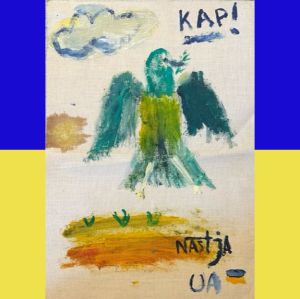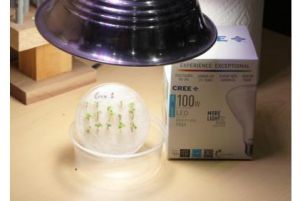|
Fourteen days passed since you planted Fast Plants, and yellow flowers are opening! Ready your bee sticks; it's time to pollinate!! Pollination is the transfer of pollen from the pollen-bearing, male anthers to the pollen-receptive, female stigma of flowers, resulting in fertilization. Pollination can occur via self-pollination or cross-pollination. |
|
Self-pollination is the transfer of pollen among flowers on one individual plant.
Cross-pollination is the transfer of pollen between at least two individual plants.
A plant that is self-incompatible can detect and reject pollen from itself. Therefore, even if pollen from one of it's own flowers is... |


